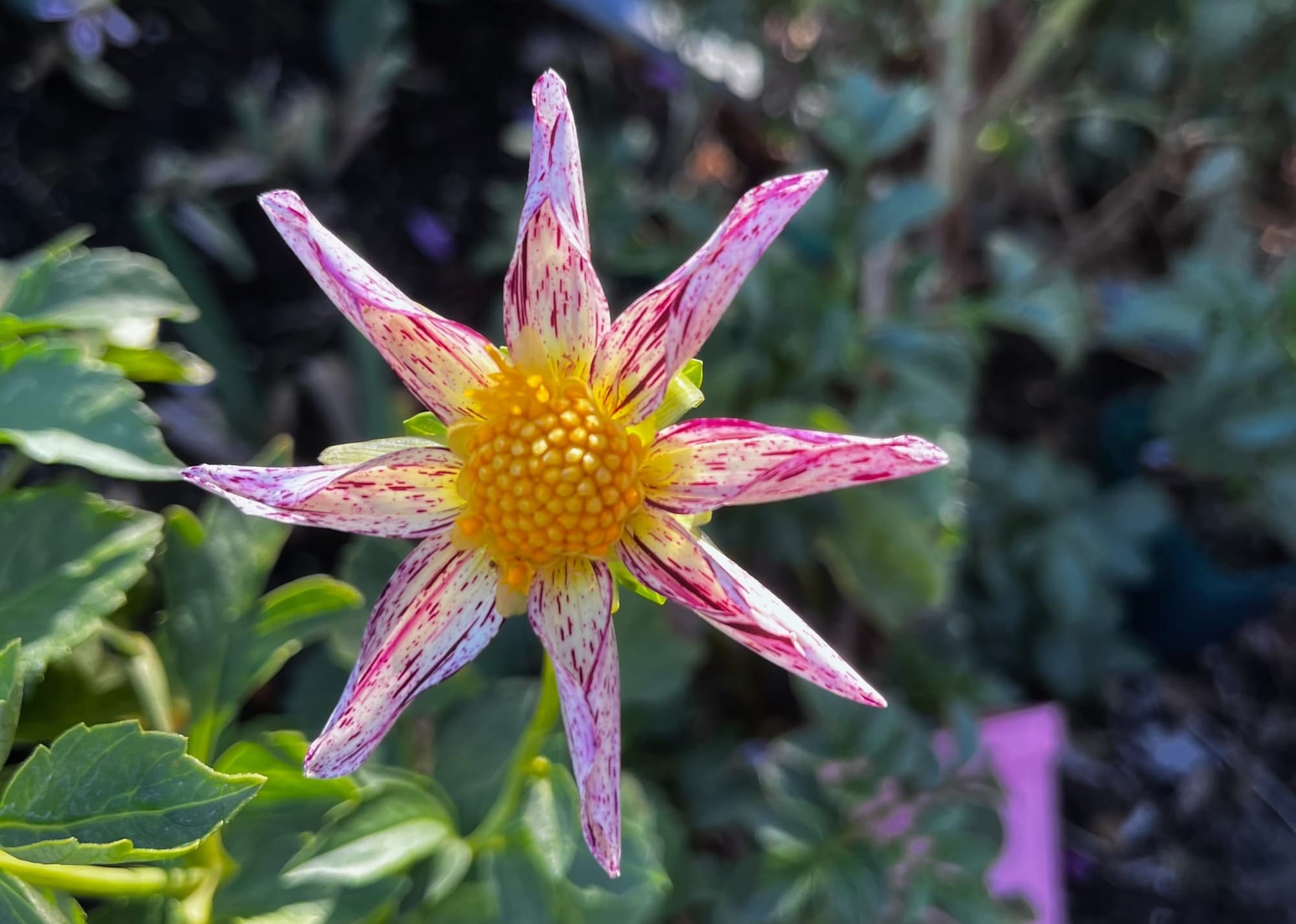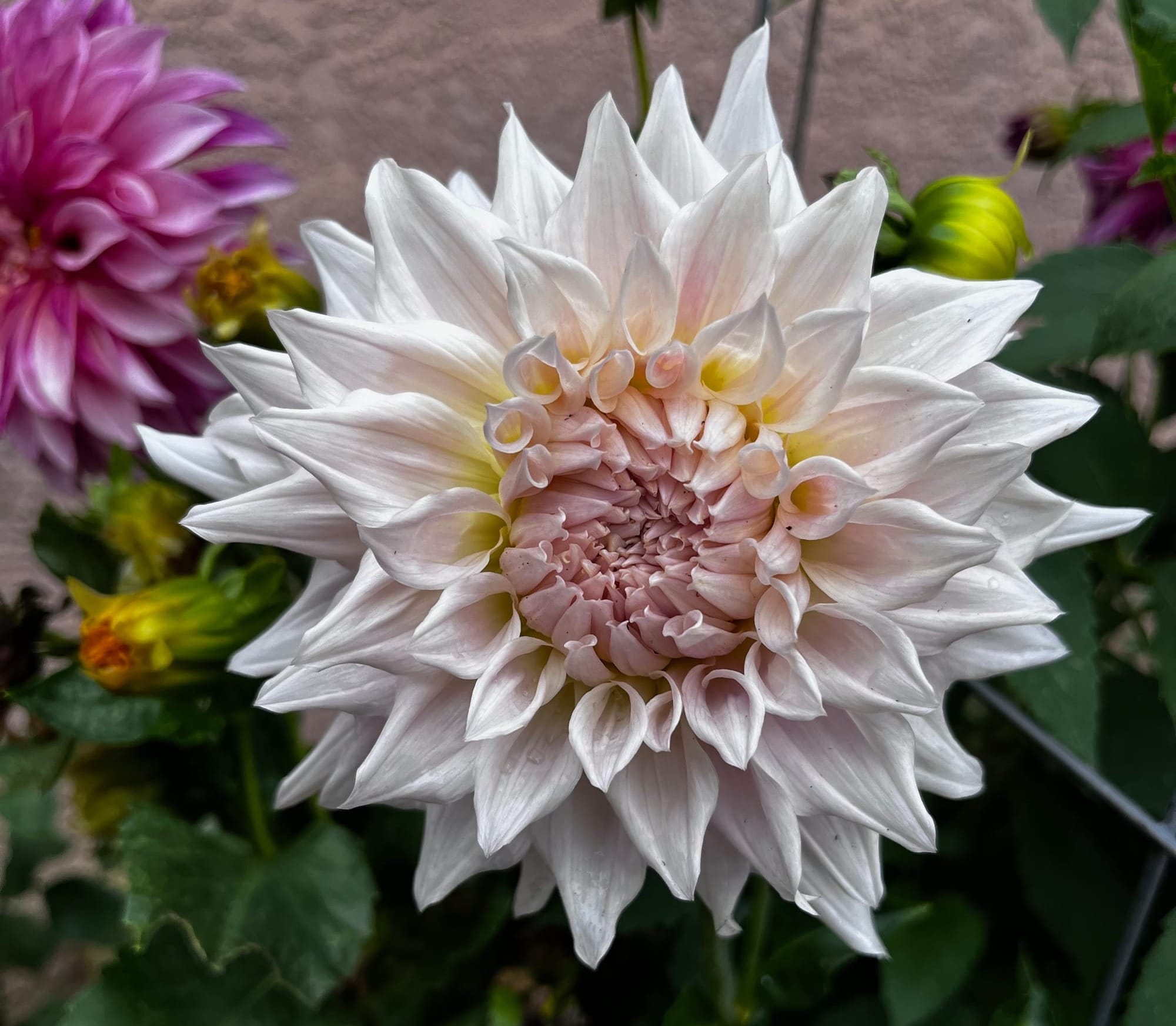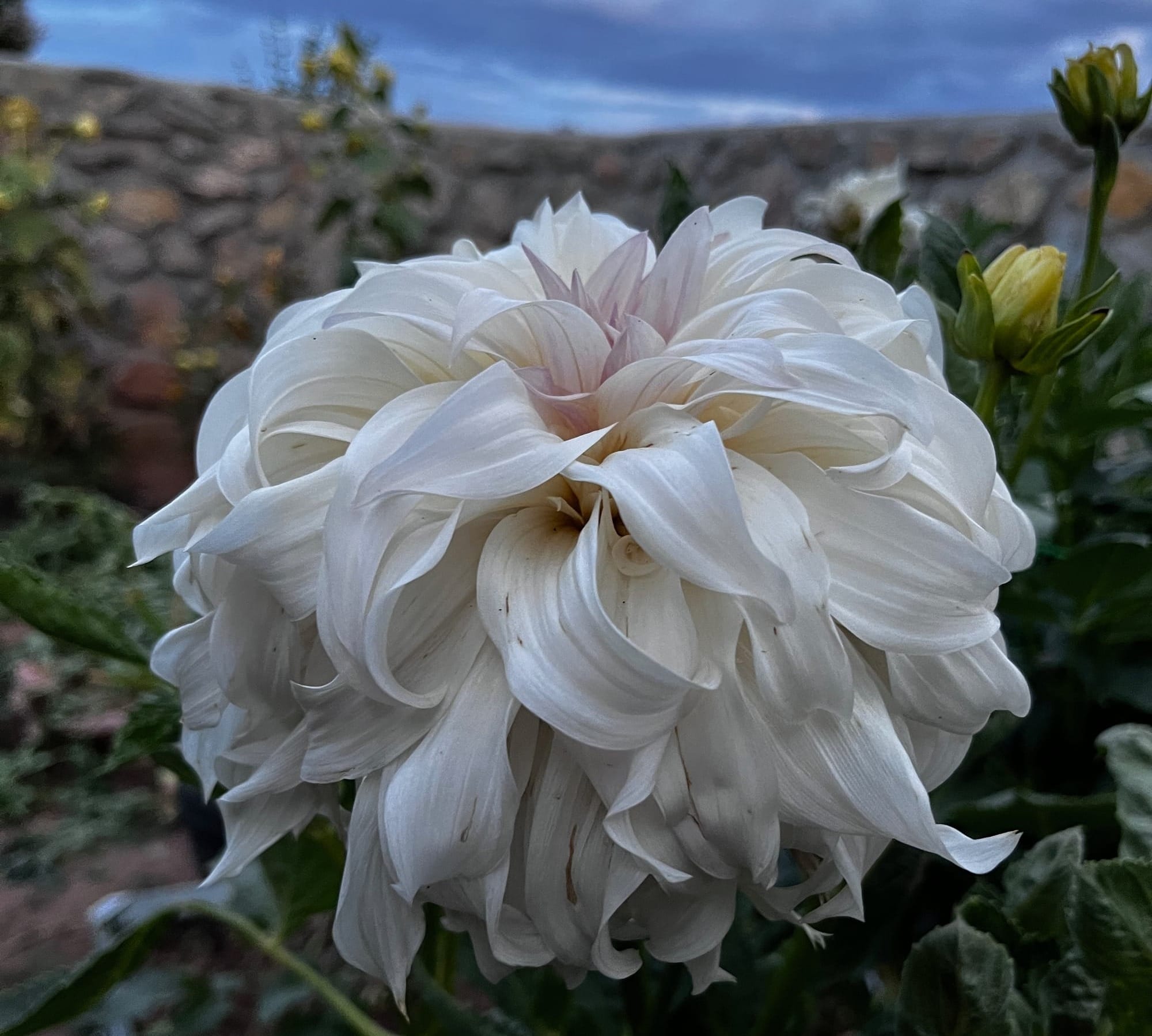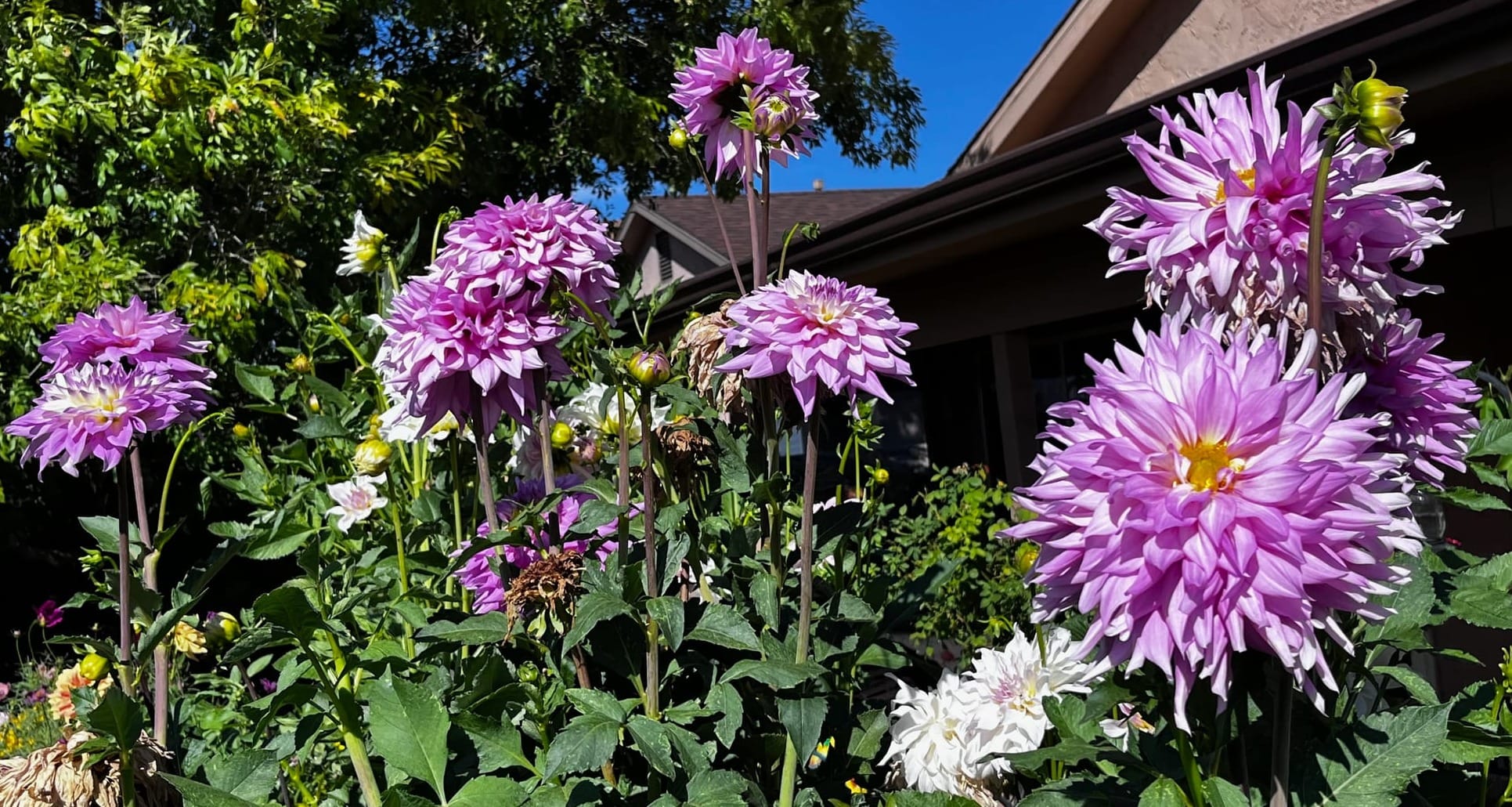Pre-Spring Prep
Getting ready and planning for the upcoming growing season
Getting ready and planning for the upcoming growing season

Every year, there's that inevitable run-up to planting season—filled with oversized dreams and a good dose of impatience. This time, my goal is to take a more measured approach, focusing on quality over sheer quantity. Or, as the saying goes, too much of anything is just the right amount.
It never starts out recklessly. I always want to seize the moment when conditions are just right for gardening. There are countless crosses I want to try and just as many seeds I’m eager to plant.
In the past, I’ve been the type of gardener who couldn’t wait to get started. That meant sowing a bunch of seeds indoors, so by the time the last frost had passed, I’d have fully developed, potted plants ready to go into the ground. In theory, this should give you a head start—earlier blooms, a longer season—but in practice, I’ve found that it often creates more problems than it solves. The expected benefits don’t always pan out.

When you sow seeds directly into the ground, the plants never struggle with acclimating to sunlight or experiencing transplant shock. Their roots aren’t restricted by the confines of a pot during their crucial early weeks, and there’s no need for the tedious process of hardening off.
This allows seedlings to grow faster and with more vigor. In fact, while your indoor-grown potted plants are stalled—adjusting to outdoor conditions and recovering from transplant shock—direct-sown seedlings are surging ahead, quickly catching up. As a result, much of the advantage of starting indoors is lost. And when you factor in the extra costs, effort, and time involved, I’ve found it’s simply easier to focus on direct sowing.
That said, I did place a few online orders for specialty plants, including dahlia tubers and cuttings, Steve’s sunflowers, and heirloom spider mums. A friend sent me a couple of beautifully fragrant roses and a bundle of canna lilies roots. I also picked up a packet of orchette-style dahlia seeds from Lobaugh’s Dahlias. As far as I know, they’re the only legitimate source for orchette dahlia seeds—talk about a niche find!

I'm going to plant seeds I collected from a Junk Yard Dog dahlia—which feels like a small miracle. The first year I ordered tubers, they completely disintegrated for reasons I still don’t understand. They were surrounded by plenty of healthy dahlia plants, yet they failed. Determined to try again, I reordered them last year. But that was the summer of endless rain, and many of my garden dahlias rotted in the ground.
Somehow, one Junk Yard Dog survived, along with a few dahlias planted higher on the slope. I think I got a single bloom from it, but there weren’t any other dahlias flowering at the time to cross with. I gave up on it—until I noticed, weeks later, that a seed pod had formed. Inside were 20 to 30 seeds. It must have self-pollinated, which is even better.
The entire reason I was growing this dahlia was for its massive single blooms—one of the biggest among dahlias. I was hoping to collect seeds and breed more giant single-flowered dahlias with different variations. Something akin to a sunflower, but with a broader color range.

I also managed to snag a cutting of the elusive Venus dahlia. I first saw one a few years ago and instantly wanted one, but it was only available in Canada. I believe it’s a sport of Mars, a red collarette dahlia. Venus has the same form but in a stunning apricot shade—an insanely beautiful color. I’d love to collect seeds from it and see what traits emerge. Most will likely be red collarettes, but it’s an experiment worth trying next year.
I also picked up seeds for Sunny Reggae, another collarette dahlia that falls into the same general color category as Venus. It would be interesting to cross orchettes with these apricot-colored dahlias and see what they produce.

While out and about, I grabbed some dinnerplate dahlia tubers from various garden centers—mostly for the sheer spectacle and to fill in open areas in the garden. You really can’t beat the drama of a dinnerplate dahlia in full bloom. That said, I decided not to "invest" heavily in specific varieties this year after last season’s losses. The first exception was a small order of two unusual dahlias: Zwinks and River’s Here Kitty Kitty (a giraffe-style dahlia). I wanted to experiment with crossing some unconventional flower forms—something outside the box. I also bought a couple dahlias just for their huge size, such as Emory Paul, Maki, AC Jeri and Sherwood's Peach. I'm probably begging for trouble by planting these along a street with a lot of traffic. Hopefully, there are no car accidents from people seeing dahlia blooms up to a foot across.

One of the great reasons to archive seeds over the years is the ability to revisit a flower you loved from seasons past. Take zinnias, for example—they tend to evolve from one color balance to another over time. I noticed my garden had shifted from a lot of rich purple blooms to softer pastel tones. To restore some of those cool-toned flowers, I pulled seeds from plants I saved a couple of years ago. My goal this season is to cultivate a striking mass of purple or lavender cactus zinnias and collect fresh seeds for the future.
I also, by complete accident, grew a mass of salmon colored mini pompom-ish zinnias last year. They were quite interesting and unique in person. But I could never get a photo of them that looked as good as they seemed in real life. I might have better luck this year with a mass of these using the seeds I harvested. I will have to keep these at a distance from the giant purple cactus zinnias or else who knows what freak of nature might happen when the bees cross pollinate between those two flowers.
You'll of course be seeing photos of all of this as the season progresses.
© Copyright Terry Aley
The Aley Acres seed shop on Etsy.
Dahlias, Notes from a Gardener book on Amazon.
Floral Art and Landscape Painting Etsy shop.
TikTok, some gardening posts.